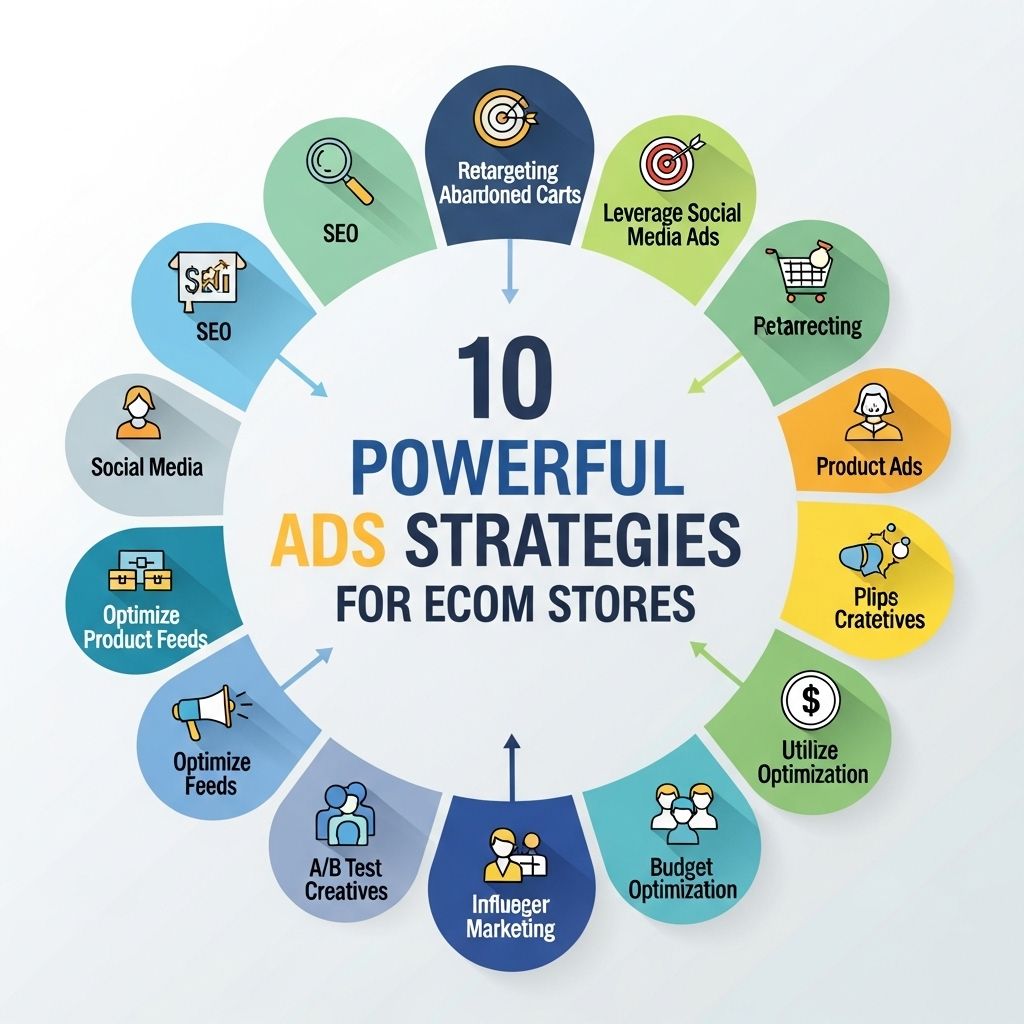The landscape of e-commerce is rapidly evolving, and with it, the need for businesses to streamline their operations. One of the most crucial components of a successful e-commerce strategy is order fulfillment. As we approach 2025, the advancements in technology will play a pivotal role in automating this process, leading to enhanced efficiency, reduced costs, and improved customer satisfaction. In this article, we will explore various methodologies and technologies that can be leveraged to automate order fulfillment effectively.
Understanding Order Fulfillment Automation
Order fulfillment automation refers to the process of using technology to streamline the steps involved in receiving, processing, and delivering orders to customers. The aim is to minimize human intervention while maximizing accuracy and speed. This transformation involves integrating various tools and systems to create a seamless workflow.
Key Components of Order Fulfillment
To understand how automation can improve order fulfillment, it is essential to break down the components involved in this process:
- Inventory Management: Keeping track of stock levels to ensure that orders can be fulfilled without delay.
- Order Processing: The steps taken to prepare an order for shipment, including picking, packing, and labeling.
- Shipping: The logistics involved in delivering the order to the customer, including carrier selection and tracking.
- Returns Management: Processes to handle returns efficiently and maintain customer satisfaction.
Technologies Driving Automation
Several technologies are making waves in the field of order fulfillment automation. Here are some of the most impactful:
1. Artificial Intelligence (AI)
AI is revolutionizing how businesses approach order fulfillment. With machine learning algorithms, companies can analyze purchasing patterns, predict demand, and optimize inventory management.
2. Robotics and Automation
Robotic systems are being employed in warehouses to automate the picking and packing processes. These systems can work alongside humans, reducing labor costs and improving accuracy.
3. Internet of Things (IoT)
IoT devices can provide real-time data on inventory levels, allowing businesses to manage stock more effectively. This connectivity enables smarter decision-making in fulfillment operations.
4. Advanced Warehouse Management Systems (WMS)
A robust WMS can integrate with various automation tools to streamline workflows. These systems offer features like real-time inventory tracking, order management, and analytics to enhance efficiency.
Implementing Automation in Order Fulfillment
Implementing automation requires careful planning and execution. Below are steps to guide you through the process:
Step 1: Assess Current Processes
Before automation, it’s vital to evaluate your existing order fulfillment processes. Identify bottlenecks and areas where technology can improve efficiency.
Step 2: Choose the Right Technologies
Based on your assessment, select the technologies that align with your business needs. Consider factors such as scalability, compatibility, and budget.
Step 3: Integrate Systems
To maximize automation, ensure that your selected systems communicate seamlessly. This integration allows for real-time data exchange and streamlined workflows.
Step 4: Train Your Team
Automation changes the dynamics of work. Provide comprehensive training to your team to help them adapt to new technologies and processes.
Step 5: Monitor and Optimize
Once your automation systems are in place, continuously monitor their performance. Use analytics to identify areas for improvement and optimization.
Benefits of Automated Order Fulfillment
Automating order fulfillment offers numerous advantages, including:
- Increased Efficiency: Automation speeds up processes, allowing businesses to fulfill more orders in less time.
- Cost Reduction: Reducing the need for manual labor can significantly lower operational costs.
- Improved Accuracy: Automation minimizes human error in order processing, leading to higher accuracy rates.
- Enhanced Customer Satisfaction: Faster processing and delivery times improve the overall customer experience.
Challenges to Consider
While automation provides numerous benefits, it also comes with challenges:
1. Initial Investment
The upfront costs of implementing automation technologies can be significant, particularly for small to medium-sized businesses.
2. Complexity of Integration
Integrating new systems with existing processes can be complex and time-consuming.
3. Dependence on Technology
Over-reliance on automated systems can lead to vulnerabilities, particularly if systems fail or face cyber threats.
Future Trends in Order Fulfillment Automation
As we look towards 2025, several trends are likely to shape the future of order fulfillment automation:
1. Drone Deliveries
With advancements in drone technology, businesses may begin using drones for last-mile delivery, significantly reducing delivery times.
2. Autonomous Vehicles
The use of autonomous vehicles for bulk shipping could transform logistics, making deliveries faster and more efficient.
3. Enhanced Data Analytics
Data analytics will continue to evolve, allowing businesses to make more informed decisions and improve forecasting accuracy.
Conclusion
As the e-commerce industry continues to grow, automating order fulfillment will become increasingly essential for maintaining a competitive edge. By embracing advanced technologies, businesses can streamline their processes, reduce costs, and enhance customer satisfaction. The future of order fulfillment is not just about speed but also about the ability to adapt to changing market demands and consumer expectations. Embrace automation now, and lead your business into a successful future.
FAQ
What is order fulfillment automation?
Order fulfillment automation refers to the use of technology and software to streamline the process of receiving, processing, and delivering orders, reducing manual labor and increasing efficiency.
Why should businesses automate order fulfillment?
Automating order fulfillment can lead to faster processing times, reduced errors, improved customer satisfaction, and lower operational costs.
What technologies are used for automating order fulfillment?
Common technologies include warehouse management systems (WMS), inventory management software, robotic process automation (RPA), and artificial intelligence (AI) for demand forecasting.
How can I start automating my order fulfillment process?
Begin by assessing your current fulfillment processes, identifying bottlenecks, and implementing technology solutions that fit your business needs and budget.
What are the challenges of automating order fulfillment?
Challenges may include high initial investment costs, training staff on new systems, and ensuring integration with existing processes and software.
What are the benefits of using AI in order fulfillment automation?
AI can enhance order fulfillment by predicting demand, optimizing inventory levels, improving order accuracy, and personalizing customer experiences.




